- Write by:
-
Monday, February 5, 2024 - 14:25:30
-
114 Visit
-
Print
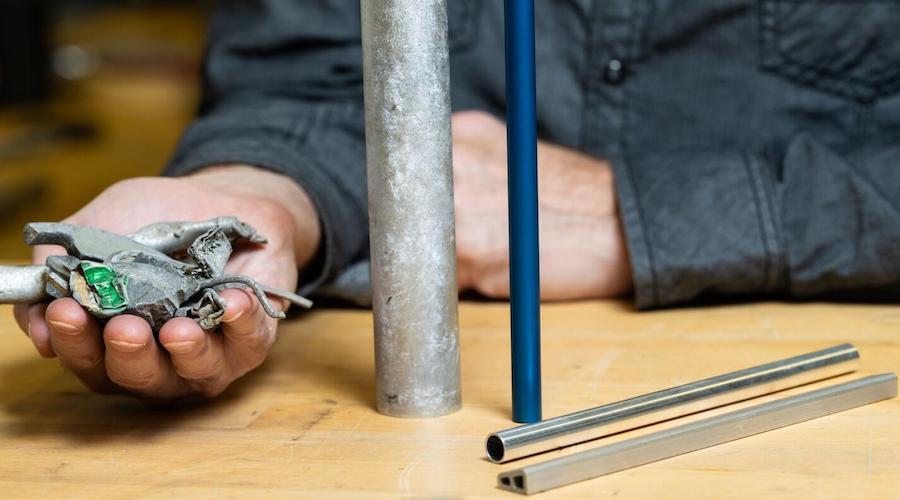
Twisted aluminum mesh, banged-up bicycle frames and used car parts languishing in junk yards could gain new life as building structures such as door and window frames, facades, lighting and decorative features thanks to a new patent-pending technology developed at the US Department of Energy’s Pacific Northwest National Laboratory (PNNL).
Rigorous laboratory testing has shown that PNNL’s Shear Assisted Processing and Extrusion Process (ShAPE) can transform 100% post-consumer scrap aluminum into usable extrusions that meet or exceed stringent ASTM standards for strength and flexibility for common building-grade alloys 6061 and 6063.
According to the researchers behind the development, the ShAPE technology unlocks the possibility of creating circularity in aluminum scrap markets, thus reducing dependency on imported primary aluminum.
The process also conserves nearly all of the energy required to manufacture new aluminum products. The International Aluminum Organization has estimated that producing one tonne of molten aluminum requires 16.6-megawatt hours of electricity, much of which comes from fossil fuels like coal.
“With approximately 55% of the global aluminum extrusion market servicing the building and construction industry, the evolution of ShAPE to include aluminum recycling for building structures is an enormous opportunity for decarbonizing the built environment,” lead researcher Scott Whalen said in a media statement.
“We are finding that the unique microstructures within the metal are more tolerant to impurities than previously thought. This enables us to reach even deeper into the aluminum scrap market while maintaining material performance.”
Low-carbon extruded parts
The latest round of patented ShAPE technology prompted technology entrepreneur Eric Donsky to form a start-up manufacturing company to scale a ShAPE-based process into vertically integrated manufacturing facilities that upcycle scrap aluminum into a portfolio of low-carbon extruded parts initially targeting the building and construction industry.
Atomic13 has signed an exclusive agreement with PNNL to commercialize the technology in certain fields of use and aims to move rapidly to create a myriad of custom-extruded aluminum parts for the building and consumer product industries, relying entirely on scrap.
“The ShAPE technology is an amazing opportunity for US manufacturing and the build-out of our critical infrastructure,” Donsky said. “We believe there is tremendous environmental and commercial value to building circularity in the aluminum extrusion industry while helping the building and construction industry significantly reduce the embodied carbon of their products.”
“ShAPE technology enables companies like Atomic13 to produce aluminum extrusions made from 100% post-consumer scrap with 90% lower carbon,” he said. “At the same time, the low feedstock costs result in lower costs for consumers. We look forward to continuing to work with PNNL engineers to advance this promising technology.”
Aluminum extrusions are already a mainstay of the building industry. What’s different about the ShAPE manufacturing process is that the scrap aluminum bricks or rod-shaped billets are deformed using heat generated by high shear forces to pulverize impurities in scrap aluminum into tiny particles and uniformly disperse them within the aluminum microstructure.
The dispersion eliminates, for example, microscopic iron clumps that can generate microfractures in recycled aluminum products manufactured using conventional methods. ShAPE aluminum extrusion, thus, offers massive energy savings by eliminating the need to dilute impurities found in recycled aluminum with 25% to 40% newly mined aluminum before processing.
The PNNL team evaluated the mechanical properties of rods, tubes and irregular hollow, multichannel trapezoids under mechanical stress. The team tested 540 unique conditions products, made from post-consumer scrap briquettes, some with high iron content (0.2 to 0.34% iron). All performed at or above ASTM standards for yield strength and ultimate tensile strength.
Short Link:
https://www.miningnews.ir/En/News/627960
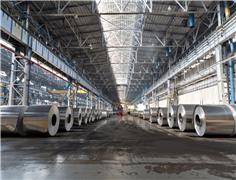
The London Metal Exchange is imposing new rules surrounding the movement of metal in its warehousing network, taking aim ...
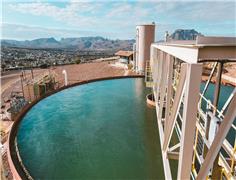
A Native American group has asked all members of a US appeals court on Monday to overturn an earlier ruling that granted ...
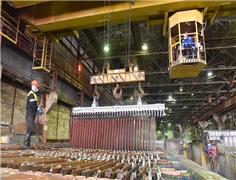
The London Metal Exchange (LME) on Saturday banned from its system Russian metal produced on or after April 13 to comply ...

The world’s coal-fired power capacity grew 2% last year, its highest annual increase since 2016, driven by new builds in ...

Peabody Energy Corp. shares sunk to the lowest in seven months after the biggest US coal miner warned that first-quarter ...

BMO Bank quietly dropped its policy restricting lending to the coal industry in late 2023, helping it avoid being ...
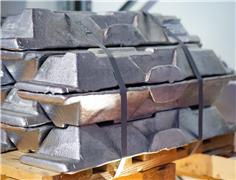
Vietnam’s top miner Vinacomin plans to invest 182 trillion dong ($7.3 billion) to ramp up its alumina-aluminum ...
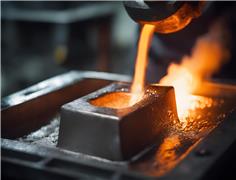
Copper jumped to its highest intraday price since January 2023 as the bellwether industrial metal faces rising tighter ...

BMO Bank quietly dropped its policy restricting lending to the coal industry in late 2023, helping it avoid being ...
No comments have been posted yet ...